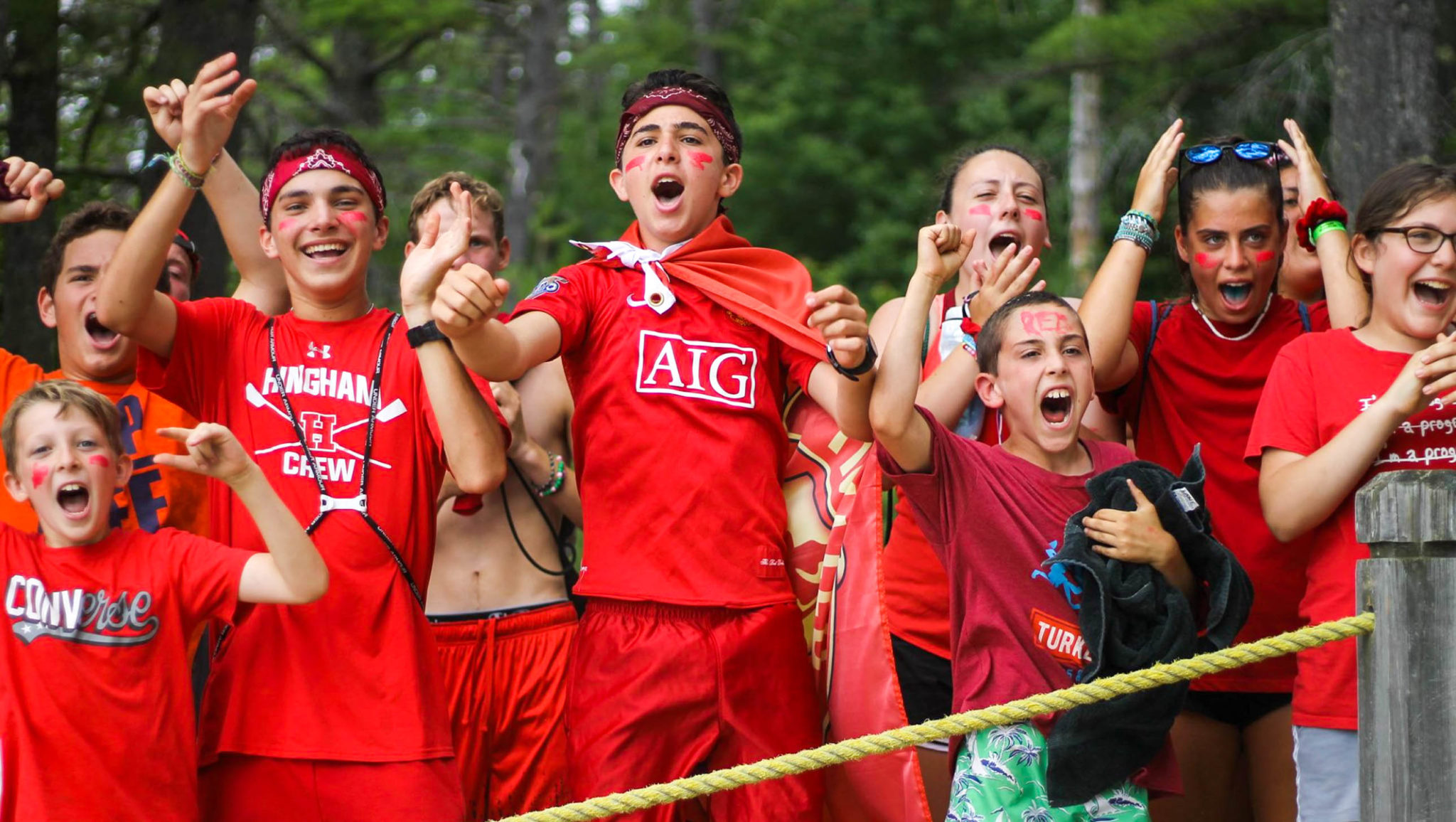

It took Eaton more than five years to track down and kill the men who had taken his father away, forever changing the course of his life. He practiced his marksmanship until the age of 15, when he set out to search for his father’s killers. From that moment on, Eaton was determined to even the score.


Soon after his birth, Eaton and his family moved to Kansas shortly after the Civil War.Įaton's life would take a dramatic turn at the age of eight when he witnessed the murder of his father by six vigilantes. Eaton’s life began in 1860 in Hartford, Connecticut. The character of OSU’s mascot, Pistol Pete, originated from an actual person named Frank B. Pistol Pete is more than a character, he is a legend. The true roots of Pistol Pete go back more than a century ago. Pistol Pete A tradition was born in the early 1920’s when OSU (then Oklahoma A&M College) began searching for a new mascot. Students adopted Princeton’s orange and black colors and some of the school's first athletic teams were even referred to as the “Tigers” in the early 1900’s. The selection of orange and black was a tribute to a popular faculty member whose father was a Princeton graduate. OSU’s colors were the first chosen in the late 1890’s. The Smith-Lever Act of 1914 established a system of cooperative extension services connected to the land grant universities in order to inform people about modern improvements in economics, agriculture, home economics and related areas. The Second Morrill Act of 1890 required each state to show that race was not a criteria for admission, or to designate a separate land grant institution for persons of color. The Hatch Act of 1887 authorized federal funding for agricultural experiment stations connected to each land grant university. Other provisions of the original Morrill Act include the Hatch Act of 1887, The Second Morrill Act of 1890 and the Smith-Lever Act of 1914. The states then sold the land and used the money to institute colleges in engineering, agriculture and military science. This Act gave each state a grant of 30,000 acres of public land for each member of congress in that state. Morrill introduced the “College Land Bill” to Congress, which eventually became the Morrill Act of 1862. In the early to mid 1800s, only the elite could afford an advanced education, but all of that began to change in 1857 with Vermont Congressman Justin Morrill. The purpose of the land grant college was to make college education more accessible to the common man. In July of 1988, the Oklahoma College of Osteopathic Medicine and Surgery became the College of Osteopathic Medicine of OSU. Technical branches were established in Okmulgee in 1946 and in Oklahoma City in 1961, later renamed the OSU Institute of Technology and OSU-Oklahoma City. On July 1, 1957, Oklahoma A&M College officially became Oklahoma State University. In 1896, Oklahoma A&M held its first commencement with six male graduates. In 1894, two and one-half years after classes began in local churches, 144 students moved into the first academic building, later known as Old Central, on the southeast corner of campus. When the first students assembled for class on December 14, 1891, there were no buildings, books or curriculum. Oklahoma State University was founded on December 25, 1890, as Oklahoma Agricultural and Mechanical College, just twenty months after the Land Run of 1889.


 0 kommentar(er)
0 kommentar(er)
